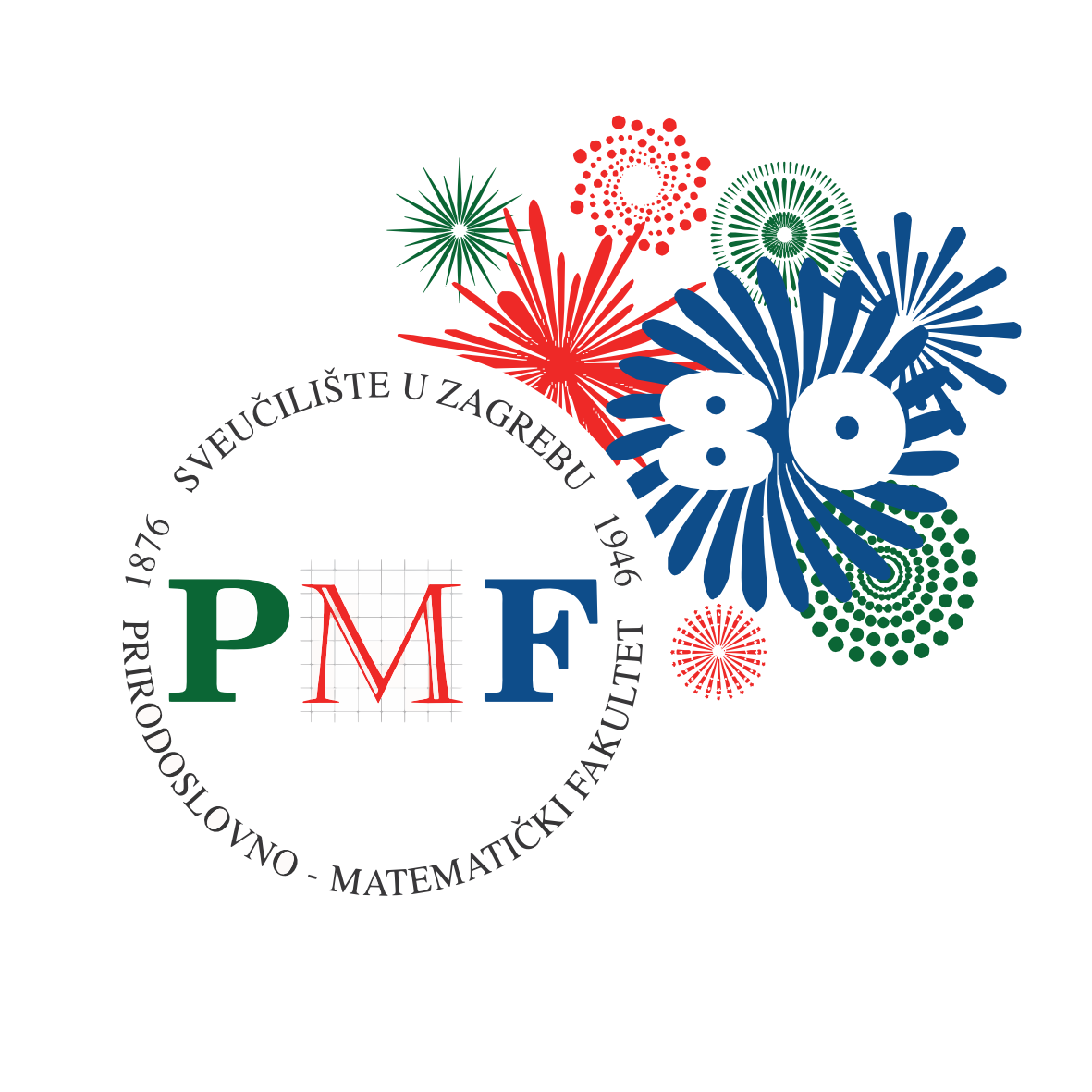Next-generation systematics of the south-eastern European genus Aurinia (Brassicaceae): evolution and phylogeography of an intricate plant group
Funding: UKF „My First Collaboration Grant“
Project leader: Ivana Rešetnik, PhD
Project co-leader: Božo Frajman, Mag. Dr., Associate Professor
Partners: Faculty of Agriculture, University of Zagreb
Project duration: 16.10.2017. - 15.01.2019.
UKF budget: 280 200 HRK
Matching funding: 66 323 HRK
South-eastern Europe is one of the major European biodiversity hotspots. The high diversity in this area is traditionally explained by the limited impact of Pleistocene glaciations, allowing the preservation of a high number of often endemic or disjunctly distributed, “relict” species. While species richness is still the most widely used measure for biodiversity assessments, recent molecular studies have shown that much of the “hidden”, intraspecific diversity is neither adequately reflected in taxonomy nor used in nature conservation. The impact of Pleistocene climatic fluctuations in shaping intraspecific genetic diversity of the Balkan Peninsula is still not well understood, even if its importance as a place of several microrefugia (‘refugia-within-refugia hypothesis’) has been shown for some plant groups.
Here we propose a comparative phylogeographic study that combines traditional and brand-new approaches taking advantage of next-generation sequencing (Restriction-site associated DNA sequencing, RADseq) in order to uncover mechanisms that contributed to the high levels of south European biodiversity. Specifically, we aim to explore the origin and diversification of all species within the endemic south-eastern European plant genus Aurinia (Brassicaceae). The project contains four inter-related components. First, we will infer the phylogeny of the genus and delimit species boundaries, following by reconstruction of the individual phylogeographic histories of all Aurinia taxa using sequencing and fingerprinting data (AFLPs). Second, we will reconstruct evolutionary pathways and reveal range-wide patterns of genetic diversity of divergent lineages and three selected Aurinia species using genome-wide SNPs. Third, we will examine spatial and temporal congruence among the reconstructed phylogeographies and compare inferred locations of glacial refugia and postglacial expansion routes. Specifically, we ask whether the southernmost part of the Balkan Peninsula harbours similar microrefugia as detected in the western Balkans and Iberian Peninsula. Further, we will explore whether migration routes across the Adriatic and the genetic structure of closely related taxa are congruent or different. Fourth, we aim to evaluate the application of RADseq in phylogeographic studies by comparing the obtained RADseq data with traditionally used AFLPs. Based on our findings we expect to outline further prospects for research of south-eastern European diversity. As the majority of investigated species are endemics and thus protected, the obtained results will present direct contribution to nature conservation and management.

 Pristupačnost
Pristupačnost


